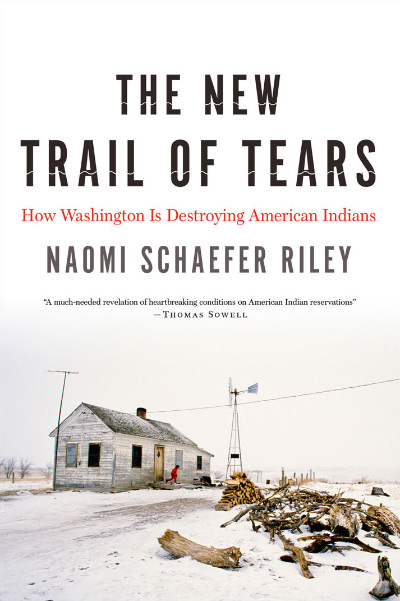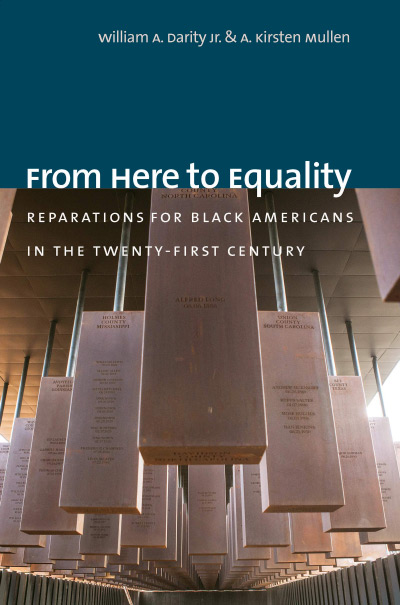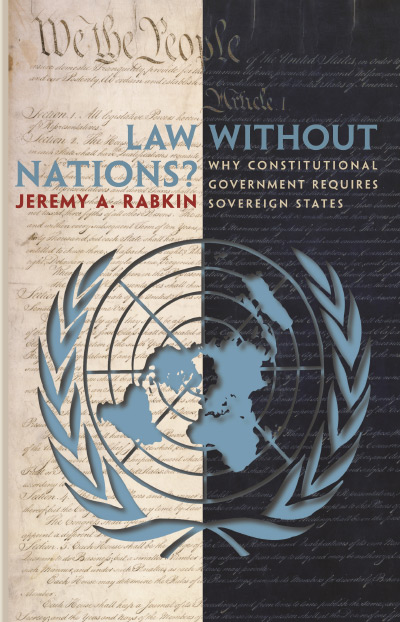James Tooley’s 2008 book The Beautiful Tree (Washington, D.C.: Cato Institute, 2009) profiled several private schools successfully serving the poor in Africa, India, and China. His new book, From Village School to Global Brand, follows a similar theme but focuses exclusively on private schools created by the SABIS International Schools Network and its efforts to deliver quality schooling worldwide, particularly to the poor. Drawing from interviews with key figures in SABIS’s history, observations of SABIS schools, and archival research, Tooley explains what SABIS is, how it evolved from a school in Lebanon to a successful international brand, and how it has achieved extraordinary results despite much resistance to its for-profit status.
The book is divided into three sections. With the first, Tooley tells the history of SABIS, from its 1886 inception as a private girls’ school in Lebanon to an international brand of schools operating everywhere from Germany and United Arab Emirates to Pakistan and the United States. The second section tells specific stories of how SABIS schools have set up in various locations, paying attention to the various forms these schools take—from fully private schools to public–private partnerships, or charters. Much of this section, though, tells of SABIS’s troublesin opening charter schools in the United States, particularly in impoverished Springfield, Massachusetts. Despite having already run a successful charter school in Springfield, SABIS had to overcome loud public skepticism and an ambiguously denied charter application (which outlined the same basic plan SABIS used with much success in its first charter school in Springfield). This case and similar instances lead Tooley to conclude that even if SABIS (or companies like it) “went out of their way to try to make a difference in America and succeed, there’s no guarantee that those with power and influence would acknowledge what they’ve done” (pp. 122–23). Tooley also discusses SABIS’s extraordinary results: SABIS students consistently outperform their publicschool peers on achievement tests and consistently close the achievement gap between African American and Caucasian students. In addition, SABIS schools expel fewer than 1 percent of students, and many of them expel none (which is all the more impressive considering that SABIS educates students who are often perceived as troubled).
The third section is the broadest, discussing the elements of SABIS’s pedagogical approach, the SABIS business model, and the choice to operate as a for-profit company in a world skeptical of for-profit schools. By way of pedagogical approach, SABIS has developed a very specific model of instruction used at all SABIS schools, an approach that bears little similarity to some “progressive” educational methods. For instance, the emphasis is shifted away from hands-on and problem-based discovery learning. (I think Tooley overstates how much the SABIS model breaks from progressive education because the importance that SABIS places on peer networks in learning and its holistic approach to school discipline share common ground with Deweyan progressivism.) Yet, as with many American public schools, SABIS puts much emphasis on the standardized testing of students, but unlike the testing in American public schools, SABIS’s testing is primarily formative (rather than summative) in nature—that is, it is designed to pinpoint how well students are learning in order to determine how instruction should proceed. Dr. Humaira Bohkhari, the director of a SABIS school in Kurdistan, tells Tooley how she explains this to students: “That’s why we test you every week. We want to know what you are learning every week, and if you’re not learning, where your gaps are, and how we can help you fill these” (quoted on p. 166).
SABIS’s choice to operate as a for-profit company is as interesting as the reasons it gives for that choice. The first and most important is that those who run SABIS believe that seeking profit allows them to expand their good works in a way that running as a nonprofit would not. For instance, “Ralph [Bistany, president of SABIS] pointed to initiatives whereby the company will carry out substantial R&D in order to better serve an area of huge need and social deprivation,” but the company can afford to do this “only because [it has] already made sufficient profit from [its] other work” (p. 310). Bistany also eschews the popular idea that the profit motive crowds out more humanitarian motives. Tooley sums up Bistany’s thinking thus: “People have principles, and for everyone there are principles that will override the desire for profit. For him and SABIS, the educational principles would inevitably be foremost,whatever that meant for profits” (p. 310). For SABIS, earning profits doesn’t distract from the mission of providing good education but allows the company to grow in this mission in ways that would otherwise be difficult.
The company also insists that all SABIS schools follow its very unique pedagogical model to the detail (deviating only when local regulations or customs make it necessary). This means that each family choosing a SABIS school knows exactly what kind of education its child is getting. It also means that SABIS relies on its system for results rather than depending on finding extraordinary teachers. Although such a standardized approach does both of these things, it may be one cause of concern for some defenders of private over public education, who believe that decentralization via markets will lead to a less standardized landscape than current public-school systems. (Another interesting area Tooley might have addressed is what effect such systematizing has on faculty morale: Are SABIS teachers OK with trading off some classroom autonomy to teach within a system of proven success?)
Like Tooley’s previous book Beautiful Tree, this book will surely aid discussions about whether or how private (let alone for-profit) schools can successfully serve the poor and vulnerable. Although SABIS is but one company using particular methods, Tooley’s analysis makes it difficult to question this model’s generalizability. SABIS seems to have given the world at least one model of how private schooling for the poor (and others) might look.
| Other Independent Review articles by Kevin Currie-Knight | |
| Fall 2013 | Contrasting Models of State and School: A Comparative Historical Study of Parental Choice and State Control |


















